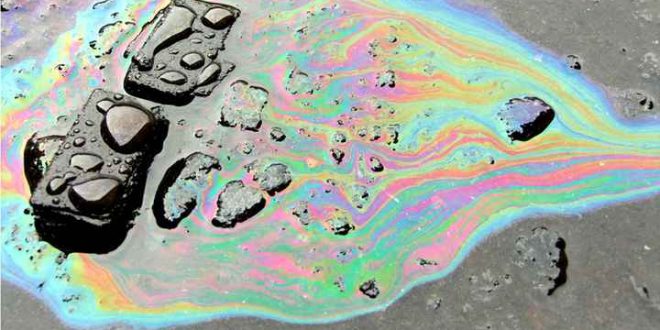Oil is almost always collected far from where it is used. That means it needs to be transported. sometimes over great distances. Be it by ship. truck. pipeline. or rail. it’s a task that’s fraught with risk…
When oil spills. or leaks. nobody wins. It’s bad for the environment. for people and wildlife in the area. and for the companies responsible. Not only is there revenue lost with the liberated oil. but cleanup costs and fines can and have run into the billions of dollars. For all these reasons. oil companies. working in cooperation with government agencies and partners. take every precaution to avoid spills and leaks. Some of these measures are:
• schedules. methods. and procedures for testing. maintaining. and inspecting pipelines • methods to reduce spills during transfer operations. including overfill prevention • immediate spill containment provisions • procedures to assure clear communication during oil transfer operations • escort vessels (for tankers) • contingency plans
With all these measures in place. spills still occur. The next line of defense is early detection of a spill to allow the earliest possible response. to limit the extent of the spill by deploying containment booms and initiating recovery efforts. But detecting spills in remote areas or on the high seas. using satellite or aircraft data. has been very much a hit-and-miss proposition. with spills not becoming visible until they have spread over a large area.
Recent developments at the Universidade de Vigo could change that. Researchers have come up with a low-cost sensor that can be used for the rapid detection of oil spills in water. The sensor responds to the oil’s “fluorescent fingerprint.“ Given their low cost. these devices could be widely disseminated in critical areas. leading to a rapid response before significant quantities are released. The sensor has been designed to float in the water where it can be used to monitor specific locations identified as high-risk.
According to Professor Óscar Sampedro. the discovery occurred when he and his associate José Salgueiro were looking at optical sensors to measure turbidity in water to monitor phytoplankton. That was also his starting point for his PhD thesis. Afterwards they were seeking new ideas to complement and extend the research work. It is the property of fluorescence. that rainbow-like sheen you see when oil is present in water. that these sensors utilize. The team found. after roughly a year and a half of research. that they were able to distinguish between different types of oil with the sensors.
While a single sensor cannot determine the full extent of a large spill. it can instantly determine that a spill has occurred at a given location. It can then be used in conjunction with other sensors spaced at a set distance apart. It can also be outfitted to operate in a marine or aerial drone to survey a spill and determine its size. Doing so would require certain modifications to the measurement system. including a more directional and intense illumination source. Because the sensors contain their own light sources. they actually work best at night. However. the use of lock-in amplifiers enables them to work effectively in daylight as well.

 Iran Energy News Oil, Gas, Petrochemical and Energy Field Specialized Channel
Iran Energy News Oil, Gas, Petrochemical and Energy Field Specialized Channel



